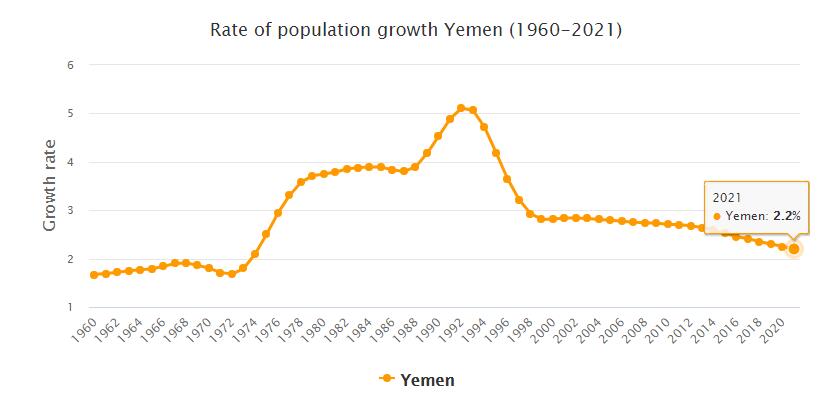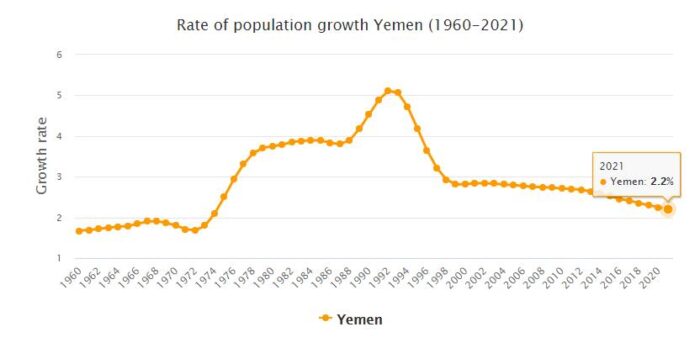Yearbook 2008
The Yemeni government was crowded during the year by both Shia and Sunni Muslim extremists. The ceasefire entered into in 2007 between the government and Shiite Muslim militants from the al-Huthi clan was broken in January, when at least 25 rebels and 18 government soldiers were killed in fighting in the northern Sada region. The fighting flared up again in April and on April 18, Salih al-Hindi Daghsan, MP for the ruling party party General People’s Congress (GPC), was shot dead in Sada with his son and bodyguard. The identity of the perpetrators was unknown. See baglib.com for Yemen sights, UNESCO, climate, and geography.
At least 18 people were killed on May 2 when an explosive charge exploded outside a mosque in the provincial capital of Sada City. Authorities accused al-Huthirebeller of the act but one of the group’s leaders condemned the attack. In the days following the act, dozens of people were killed in fighting that also spread to the neighboring province of Amran. On May 30, eight people were killed in Amran when a man opened fire inside a mosque. al-Huthi rebels leader Abd al-Malik al-Huthi was reported June 8 to have been killed in a missile attack.
- ABBREVIATIONFINDER: Click to see the meanings of 2-letter acronym and abbreviation of YE in general and in geography as Yemen in particular.
Further south, in the capital, Sana, it was by all to judge Sunni extremists who were responsible for the violence. During the spring and summer, a series of attacks were directed at, among other things, the US embassy and foreign oil companies. On September 17, 16 people were killed – four civilians, including one American, as well as six Yemeni security men and six assailants – as two car bombs exploded outside the US embassy. The Islamic Jihad group assumed responsibility for the deed, but there were suspicions that the attackers came from Saudi Arabia.
Two Belgian women and their Yemeni driver were murdered on January 18 when they were attacked in a valley in the Hadramawt region in the eastern part of the country. It was unclear who was behind the deed.
Civil War
In 1993, political opposition grew in the south, and there was an armed clash between rival military units. In the spring of 1994, the conflict developed into full civil war between the two old states. This led in May to the then deposed Vice President Baid proclaiming the Democratic Republic of Yemen in the south, and broke out of the United States formation of 1990. After military fighting and siege of Aden, the South Yemeni forces were defeated and the rebels surrendered 7. July. Yemen was then continued as one state. Saleh was re-elected president.
December
Fatal attack at Aden Airport
December 30th
An attack that is apparently aimed at Yemen’s new government is being carried out at the city of Aden airport against a plane that is about to land after leaving Saudi Arabia. 26 people lose their lives. The government accuses the Huthi rebels of the attack. No minister is injured, however, three employees of the International Committee of the Red Cross are among the victims.
Huthi opponents form a government
December 18th
A new coalition government is being formed by representatives of the Southern Transitional Council and politicians allied with President Abd Rabbo Mansur Hadi (ministers who remain from Yemen’s internationally accepted government). It is stated that other interests are also represented, and all of them are the opponents of the Shiite Huthi rebels, who have been controlling the capital Sanaa for several years. Muin Abd al-Malik Said will remain as Prime Minister.
Government and separatists agree again
December 10th
The Yemeni government and the Southern Transitional Council will resume their cooperation in accordance with the so-called Riyadh agreement from November 2019, the Saudi Arabian state news agency states (see August 26). The parties will soon form a government with 24 ministers, it is said. In addition, forces from both sides will be withdrawn from Aden and from the province of Abyan where clashes have taken place between them (see 27 November).
US sanctions with Iran in the spotlight
December 8th
Iran’s envoy to the Huthi rebels in Yemen, which, among other things, has control over the country’s capital, is subject to sanctions by the United States. Behind the sanctions against Hasan Irlu, there is dissatisfaction in Washington with the fact that the regime in Iran supports the Shia Muslim rebel movement. The outgoing US government under Donald Trump, for its part, supports the opponents of the Huthis and Iran, the Yemeni government, which is also backed by Sunni regimes in the region, mainly Saudi Arabia. US sanctions are largely directed at Iran’s so-called Jerusalem Force (al-Quds). Trump is considering classifying it as a terrorist group to limit Iran’s actions in the region. A handful of Huthis in a leading position will be added to the US sanctions list a few days later.
Population 2008
According to Countryaah reports, the population of Yemen in 2008 was 23,154,744, ranking number 52 in the world. The population growth rate was 2.860% yearly, and the population density was 43.8564 people per km2.

